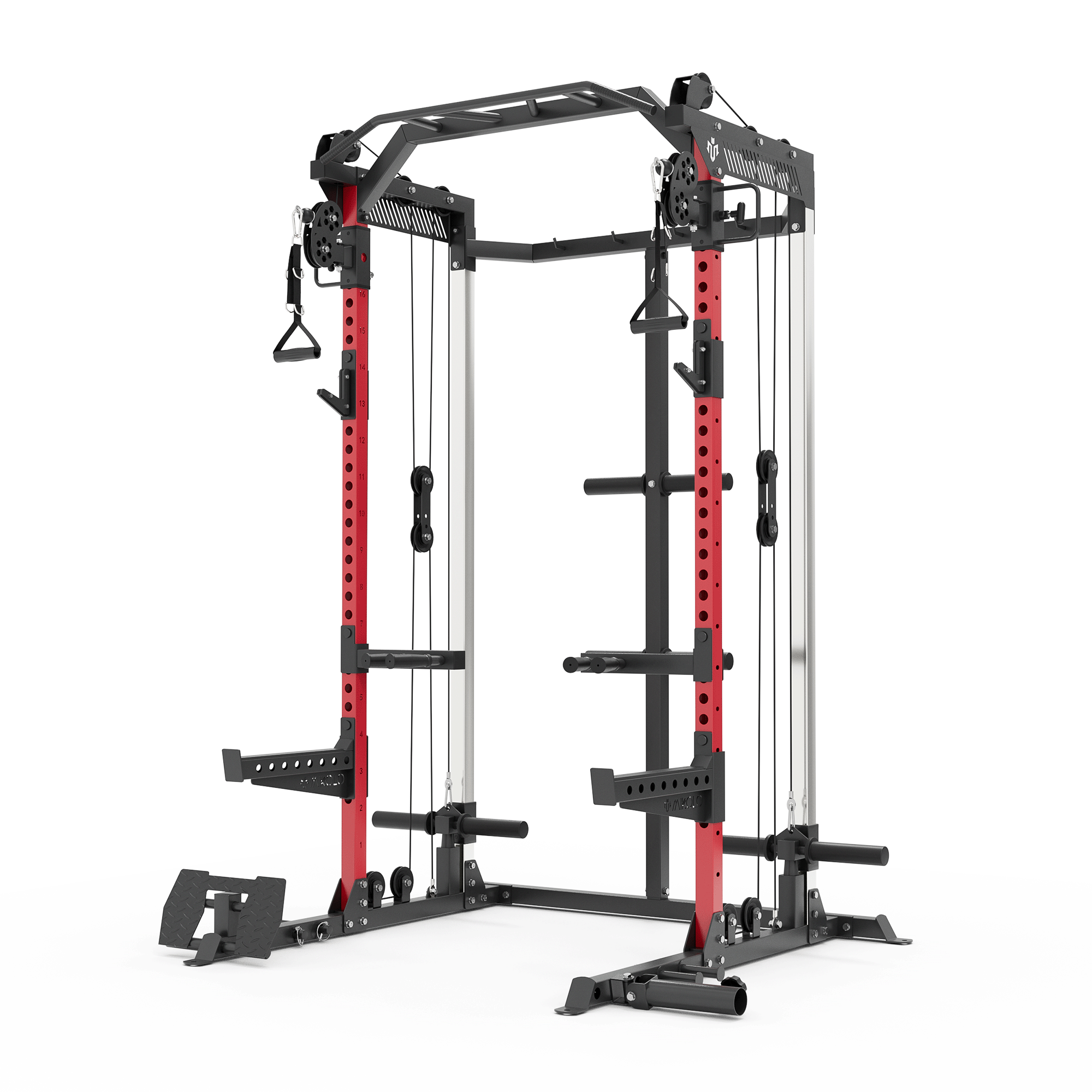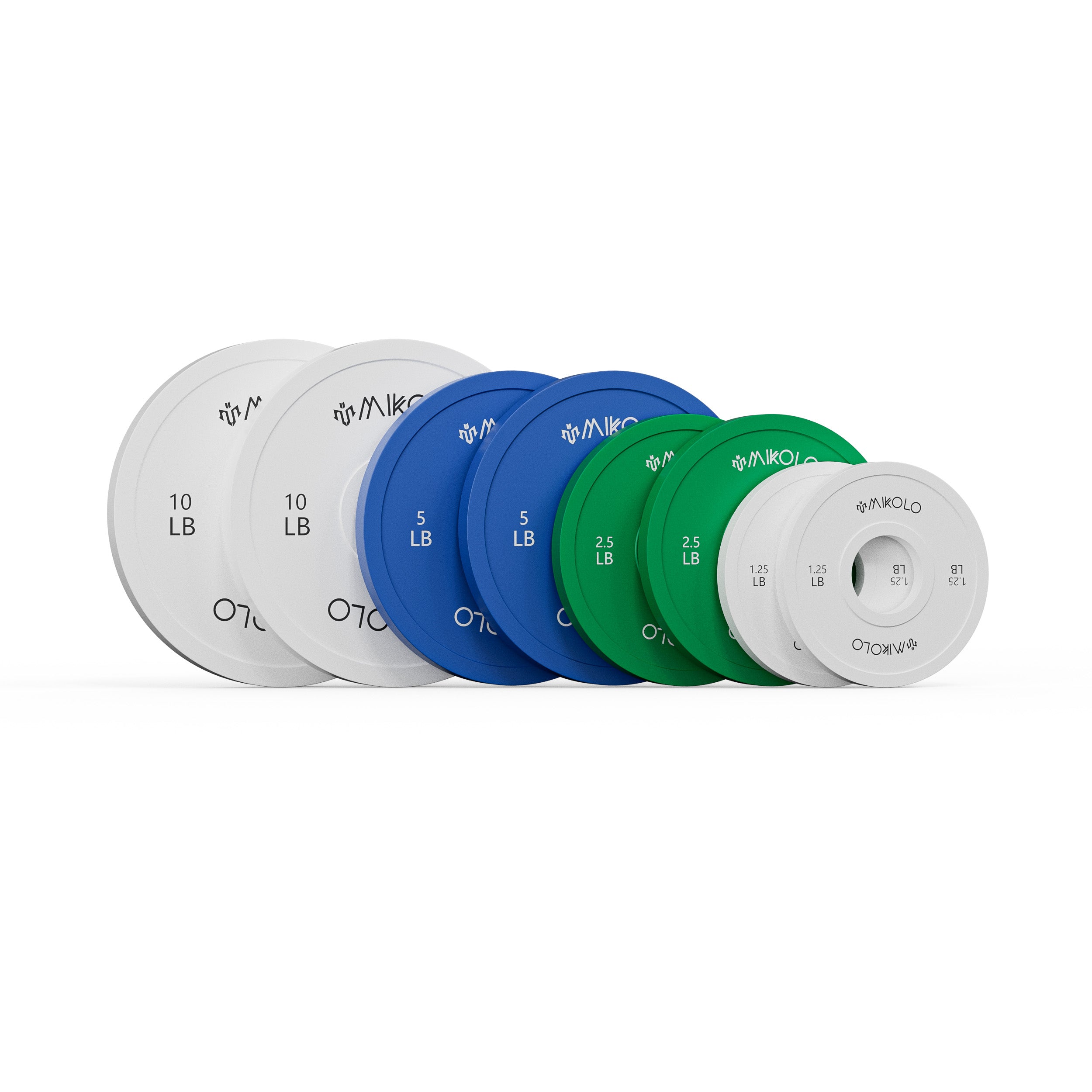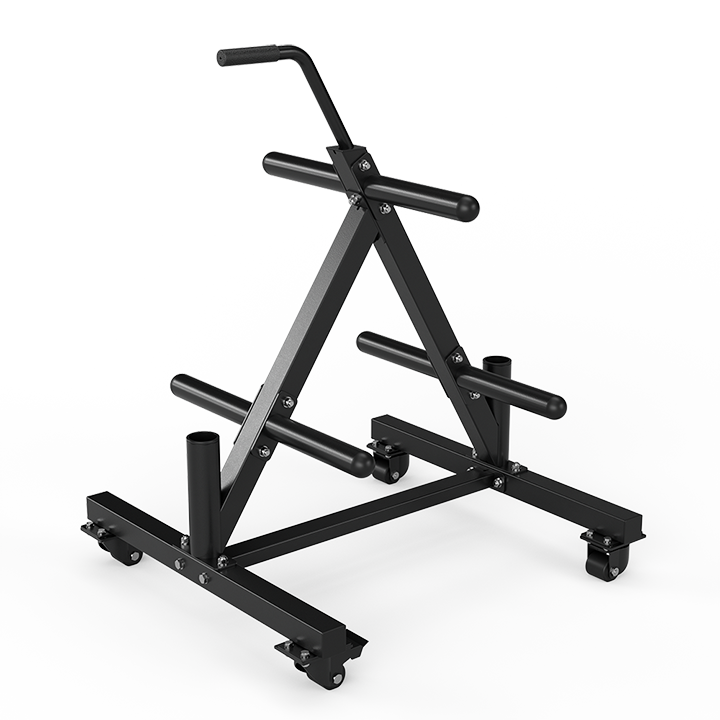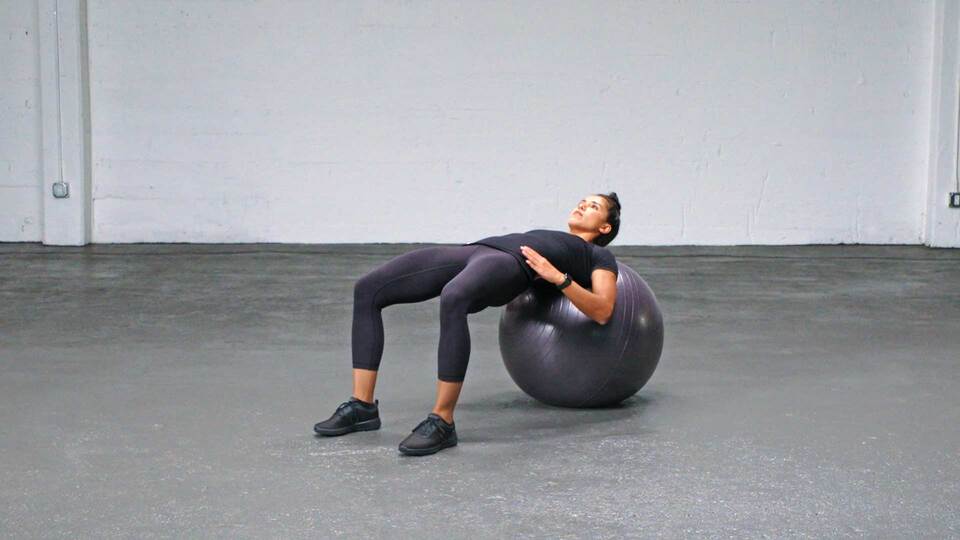In the world of functional training and CrossFit-inspired programming, few workout structures are as simple—and brutally effective—as Rounds for Time workouts. Whether you’re trying to build conditioning, test your grit, or get a quick yet powerful sweat session in, this format pushes your limits both physically and mentally.
What Is a “Rounds for Time” Workout?
A Rounds for Time workout challenges you to complete a specific number of rounds of a given set of exercises as fast as possible. The goal is clear: finish for time. That doesn’t mean being reckless—it means moving efficiently, managing fatigue, and keeping your form sharp under pressure. These workouts often include full-body, compound movements that test multiple energy systems at once.
For example:
-
3 Rounds for Time:
-
10 Pull-Ups
-
15 Push-Ups
-
20 Air Squats
-
Time starts when you begin your first pull-up, and it stops when you complete your final air squat. The faster you finish, the better your score.
Why “For Time” Works
Unlike steady-state cardio or unstructured lifting sessions, for time workouts create a natural sense of urgency and focus. You’re no longer pacing—you're competing. This format spikes your heart rate, improves metabolic conditioning, and builds mental toughness. It also offers a benchmark: once you’ve logged a time, you can repeat the same workout weeks later to measure progress.
The Mental Edge of Timed Workouts
It’s not just about physical performance. There’s something powerful about chasing the clock. Knowing there’s a finish line—and that it’s entirely in your control—fuels intensity in a way that a traditional rep-based workout can’t. You’ll learn to push through discomfort, strategize your rest, and stay sharp when fatigue sets in.
Personal Take: How "For Time" Changed My Approach to Fitness
I remember the first time I did a 5 rounds for time workout that involved kettlebell swings, burpees, and a 200-meter sprint. I thought, “This will be over fast.” I was wrong. Halfway through round three, my lungs were burning and my mind was screaming to slow down. But something clicked—I realized I could keep moving. Not perfectly, not quickly, but steadily. That day changed how I defined effort. I wasn’t just working out—I was confronting my limits. And I kept coming back for more.
Tips for Programming Your Own Rounds for Time Workout
-
Keep It Simple: Choose 2–4 movements that complement each other (e.g., upper, lower, cardio).
-
Pick a Volume You Can Sustain: Start with 3-5 rounds. Adjust based on your current fitness level.
-
Track Your Time: Use a stopwatch or app, and write down your result. This makes progress tangible.
-
Warm Up Properly: High-intensity formats require a proper ramp-up. Don’t skip mobility or activation drills.
-
Scale Intelligently: Sub jump pull-ups for strict, or air squats for lunges if needed. The goal is intensity, not perfection.
Sample Beginner-Friendly “For Time” Workout
4 Rounds for Time:
-
10 Dumbbell Thrusters (light weight)
-
15 Sit-Ups
-
20 Jumping Jacks
Try to complete this in under 12 minutes, resting only as needed.
“Rounds for time” training is more than just a method—it’s a mindset. Whether you’re chasing your best time or just trying to finish, the format teaches resilience, focus, and efficiency. It strips fitness down to its essence: you, the clock, and how far you're willing to go. Ready to press start?

















































Leave a comment
This site is protected by hCaptcha and the hCaptcha Privacy Policy and Terms of Service apply.